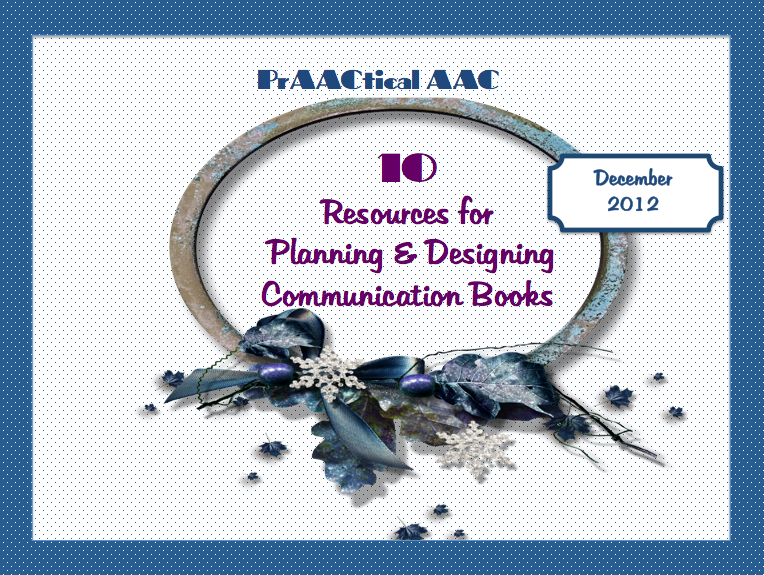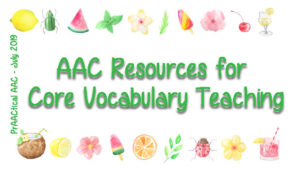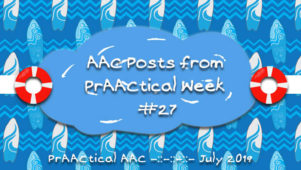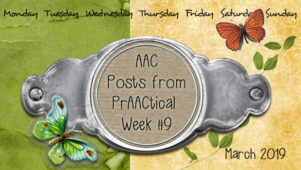10 Resources for Designing & Developing Communication Books

This post is dedicated to a mom who does more than her fair share for her child (who is now a young adult) as well as for our community. She recently began to re-design and re-assemble a communication book. She sent us this picture to show us that she was working on it. Here are some resources that will help make the task a little easier and more productive.
PrAACtical AAC: Communication Books
- The PrAACtical Power of Communication Books
- Quick Start Communication Pages
- Communication Books- Making Decisions About Format
- Big Ideas on AAC Systems
- Directions and Diversions in the Design & Development of Communication Books
- Selecting and Organizing Vocabulary for AAC Users
- Communication Matters: Communication Books
- PODD Success After Initially “Not Getting It”
- Communication Starter Sets- PictureSET BC
- Communication Books- Baltimore Public Schools
Oh yeah, and hopefully we can find a student who will do some work for community service hours….. or a little extra money to help.
Filed under: PrAACtical Thinking
Tagged With: COmmunication Books, resources
This post was written by Robin Parker






5 Comments
Hi,
Do you have any suggestions for creating a communication book for an elderly woman who is nonverbal and has some difficulties crossing midline and has hemianopsia?
Ali, without knowing the specifics of her language issues, I would use some of the same basic procedures except for the binding. When someone has a field cut and problems crossing midline, I sometimes bind at the top and put the tabs on the stronger side. Then locate the book on the stronger side, instead of putting it at midline. That will help with turning the pages BUT you still have to teach him/her to turn the head from side to side as compensation for the field cut. Does that make sense?
That does help, thank you very much! Would you suggest bordering the pages with some type of material/texture so that she can follow the texture by touch and become aware of the entire page? Do you think that would help?
A little bit more about her…She is an 81 year old woman who had a stroke 2 years old. Since that time, she has significant apraxia and mild aphasia. She has very minimal difficulties with receptive language and her gross and fine motor skills are relatively strong, although she has some difficulties crossing midline and has hemianopsia.
Thanks again for your input!
Ali, we can’t give specific patient advice on a blog but here are some general thoughts. The strategy of teaching them to turn their head and ‘sweep’ the visual field can be really helpful. I like that approach because if she learns that strategy, it will help her will a lot of different problems that she experiences as a result of the hemianopsia. You may need to use visual supports for this, and also some for partner instructions. E.g., if she is willing, you could put a sticker or something on the w/c tray that says something like ‘Remind me to turn my head to see the whole thing.’ Does that make sense?
That does make sense. Thank you very much for your help!